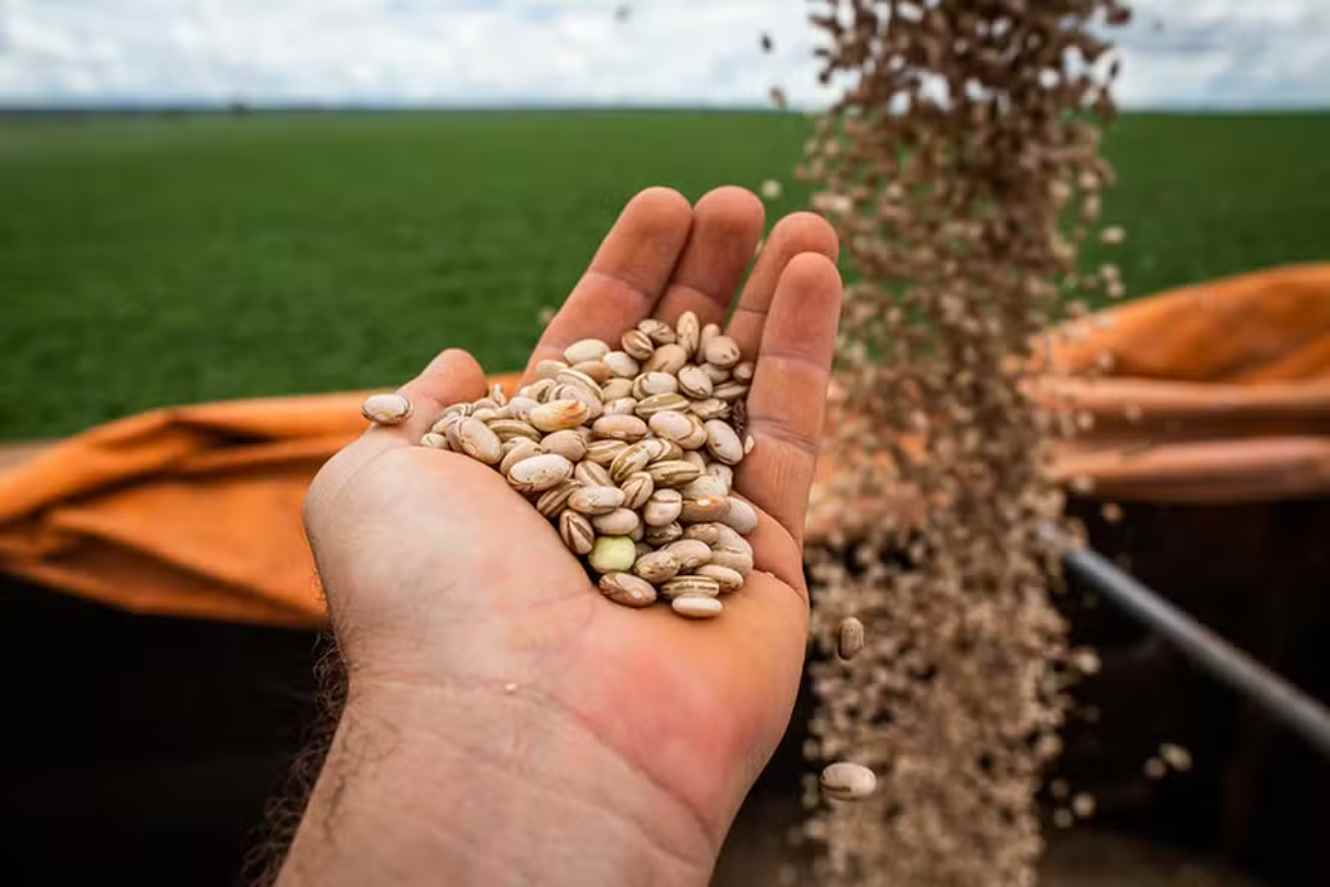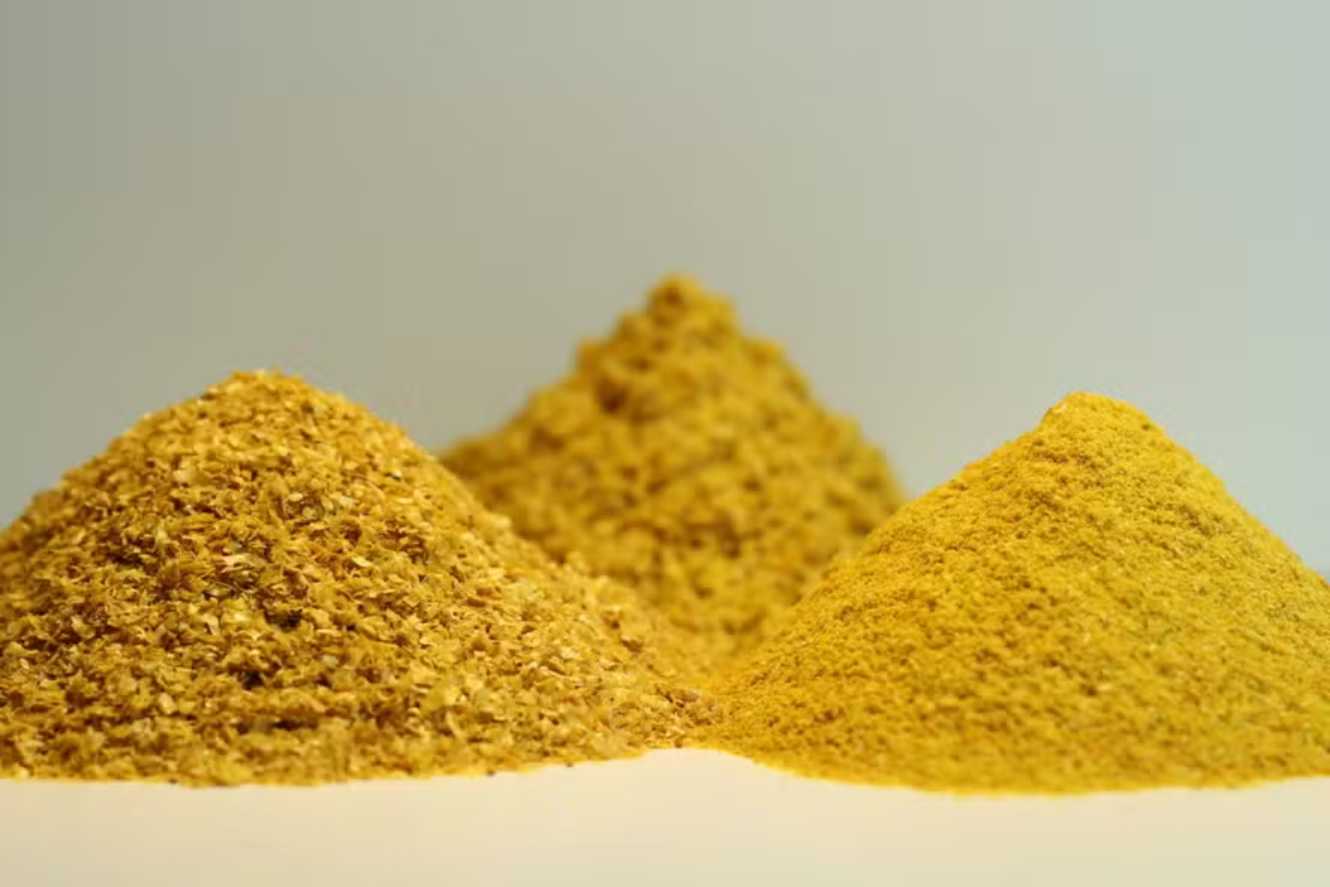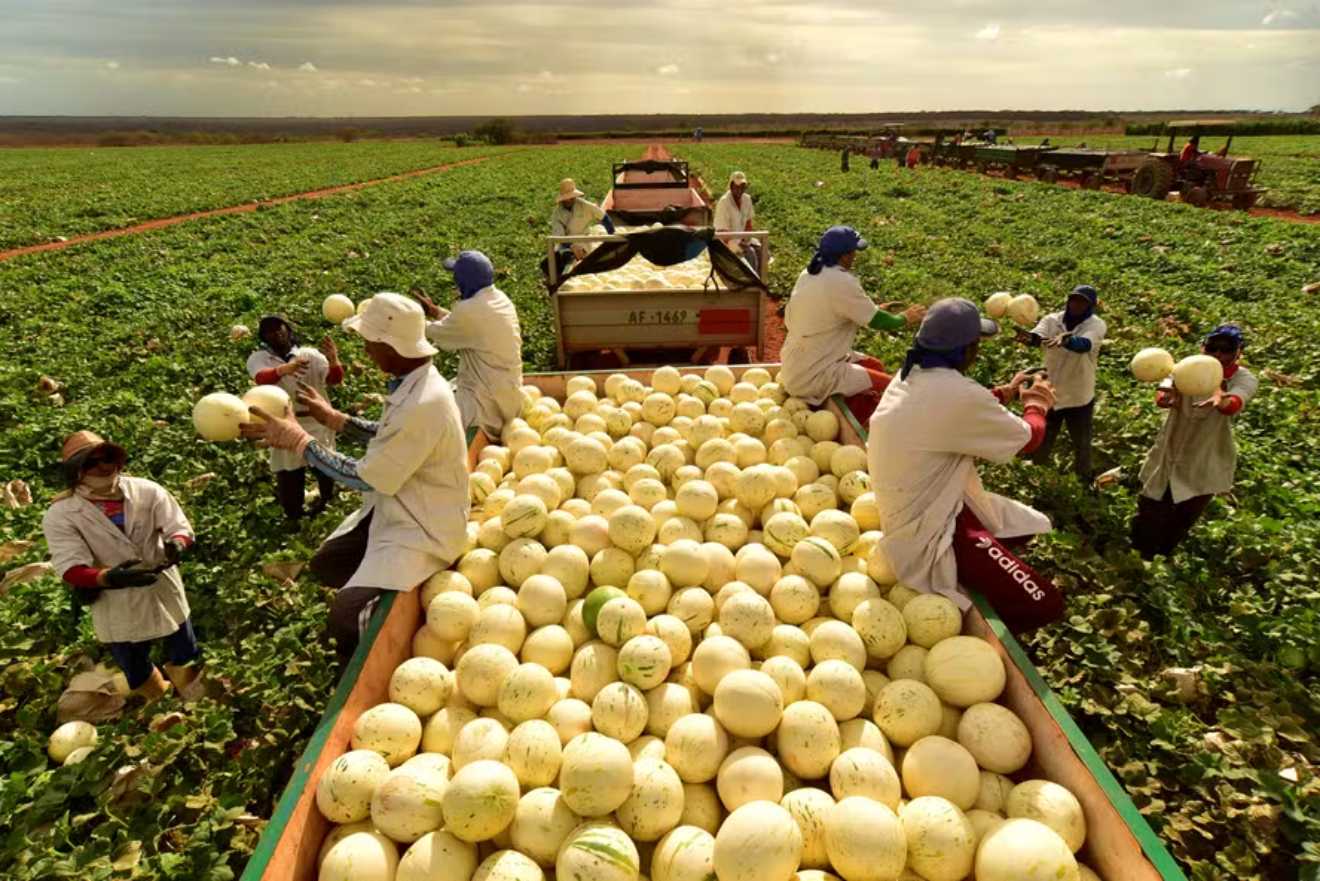During this period, the planted area is expected to increase by 15.5%, reaching 92.2 million hectares.
Brazil’s grain production is projected to grow by 27% over the next ten years compared to the 2023/24 harvest, reaching 378.95 million tons, according to a study by the Agricultural Policy Secretariat of the Ministry of Agriculture, conducted with the support of the Brazilian Agricultural Research Corporation (Embrapa), released this Tuesday (October 29).
During this time, the area planted is expected to increase by 15.5%, reaching 92.2 million hectares, indicating that productivity will be an important growth factor for the crops.
The products with the highest growth in planted areas are soybeans (25.1%), winter corn (24.9%), wheat (18.4%), rice (20.3%), and beans (38.1%).
“It is important to consider that a significant part of the growth in planted area will be supported by the Degraded Areas Recovery Program, which offers favorable credit lines for the productive regeneration of currently low-productivity surfaces,” stated Silvio Farnese, director of Economic Analysis and Public Policies at the Ministry of Agriculture.
Soybeans will continue to have the highest production among grains. According to the study, soybean production could reach 199.4 million tons, an increase of 52.0 million tons, and soybean meal will reach 48.5 million tons, an increase of 8.36 million tons over ten years.
The corn crop is expected to reach 153.1 million tons, a growth of 32.3%, with an increase of 37.4 million tons primarily in the winter crop, following the practice adopted by producers of planting in succession to soybeans.
The estimated consumption is 109.8 million tons, a rise of 30.4%, in line with the growing use of the grain for ethanol production, with the industry currently processing 17 million tons.
Rice production is expected to increase by 3.1 million tons, reaching 13.7 million tons, which should meet consumption estimated at 10.8 million tons. Thus, there will be room for the sector’s export commitments, currently around 1.3 million tons.
Animal Protein and Perennial Crops
In the estimation of animal protein production, the largest growth will be in poultry (26.4%), followed by pigs (27.5%) and beef (10.2%). If these advances are confirmed, there will be a total increase of 6.8 million tons of meat in the country, reaching 37.59 million tons.
Chicken is expected to reach 19.5 million tons, pork 6.84 million tons, and beef will reach 11.26 million tons.
Exports of these proteins are estimated to grow by 29.7% for poultry, 22.5% for pigs, and 27.1% for beef during this period.
For perennial crops, coffee production is expected to increase by 31.9%, reaching 72 million bags, resulting in an additional 17 million bags. This will cover the expected increases in both consumption and exports.





